Key Takeaways
- Yellowjackets are drawn to sugary foods and proteins.
- They are aggressive and can sting multiple times.
- Secure trash and remove food scraps to prevent infestations.
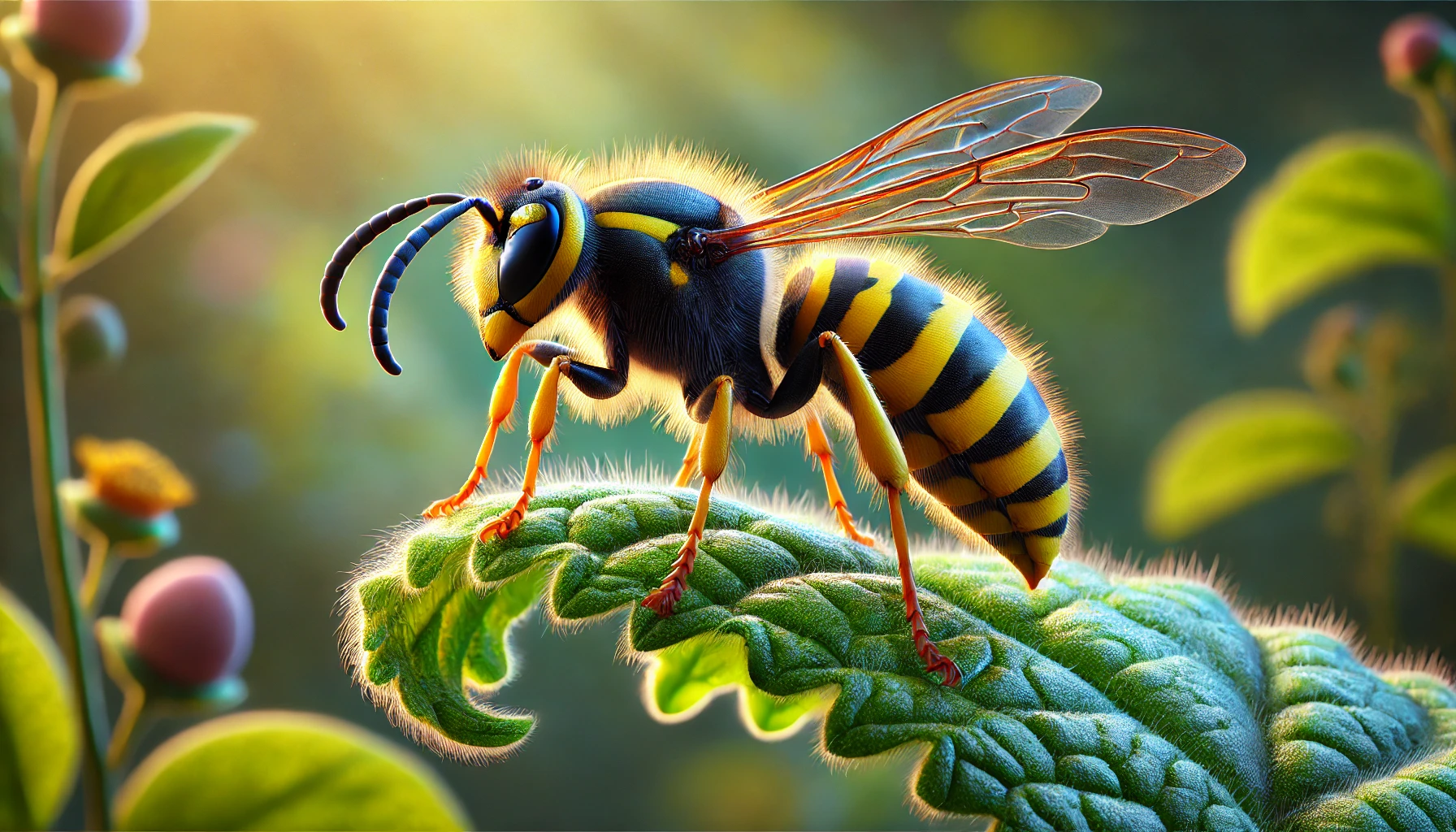 Yellowjackets are a common nuisance at outdoor gatherings, especially around food. But what attracts yellowjackets? These wasps are drawn to food sources, scents, and environmental factors. Their diet includes sugary substances and proteins, leading many to ask, what do yellowjackets eat, and do yellowjackets eat meat?
The answer is yes—they hunt insects and scavenge exposed meat and human food. Let’s understand in detail what attracts a yellowjacket.
Yellowjackets are a common nuisance at outdoor gatherings, especially around food. But what attracts yellowjackets? These wasps are drawn to food sources, scents, and environmental factors. Their diet includes sugary substances and proteins, leading many to ask, what do yellowjackets eat, and do yellowjackets eat meat?
The answer is yes—they hunt insects and scavenge exposed meat and human food. Let’s understand in detail what attracts a yellowjacket.
What Attracts Yellowjackets?
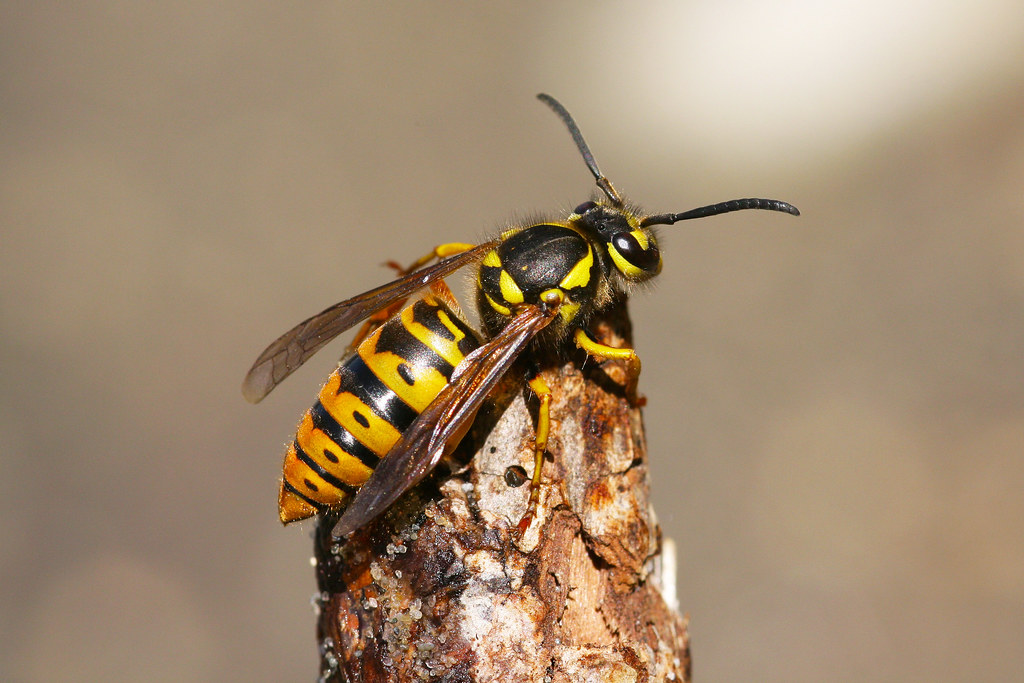

Not getting a solution?
Get your free pest control estimate today!Food Sources
Food is the primary attractant for yellowjackets, especially during late summer and fall when the colony’s need for food increases.Yellowjackets are scavengers that seek out the following items:
-
Sugary Substances: Sodas, fruit juices, ripe fruits, and sweet desserts are irresistible to yellowjackets.
-
Protein-Rich Foods: Meat scraps, fish, and pet food are all high-protein sources for the colony.
-
Rotting Food and Garbage: Decomposing organic material in trash bins and compost piles attracts yellowjackets.
Bright Colors and Floral Scents
Yellowjackets are drawn to bright colors and floral patterns, mistaking them for flowers. Perfumes, scented lotions, and brightly colored clothing attract yellow jackets in search of nectar.Water Sources
Yellowjackets need water to survive, especially during hot weather. They are attracted to sources of stagnant water like: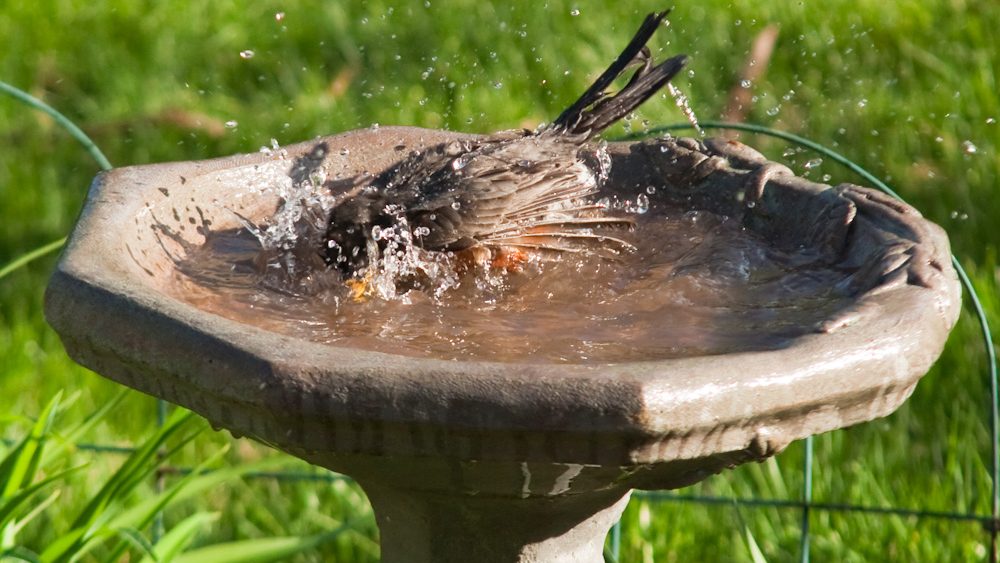
Birdbaths
Yellowjackets are attracted to birdbaths as they provide a consistent water source, especially in warm weather.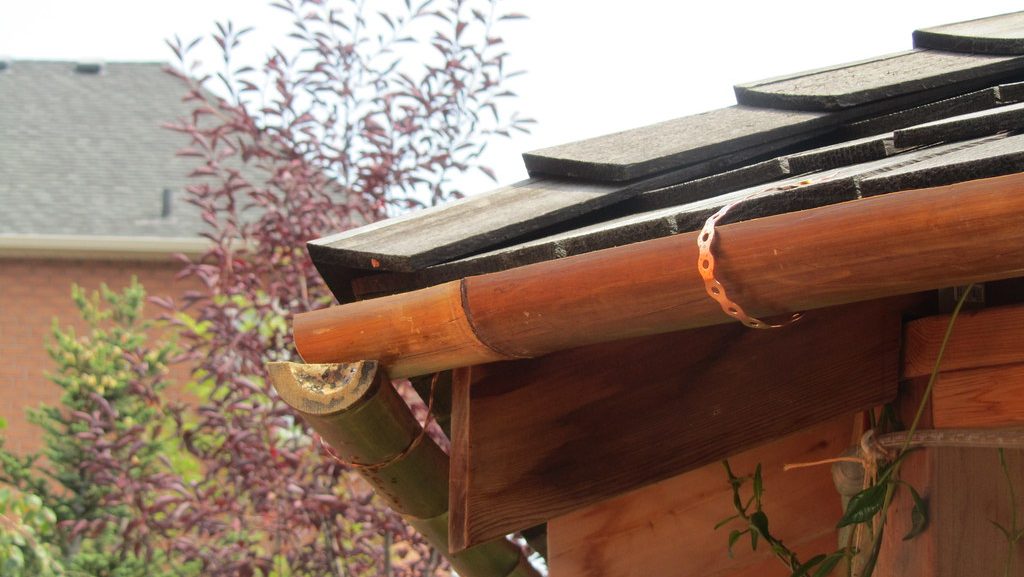
Gutters
Similarly, gutters offer stagnant water and shelter, making them an ideal spot for yellowjackets to gather.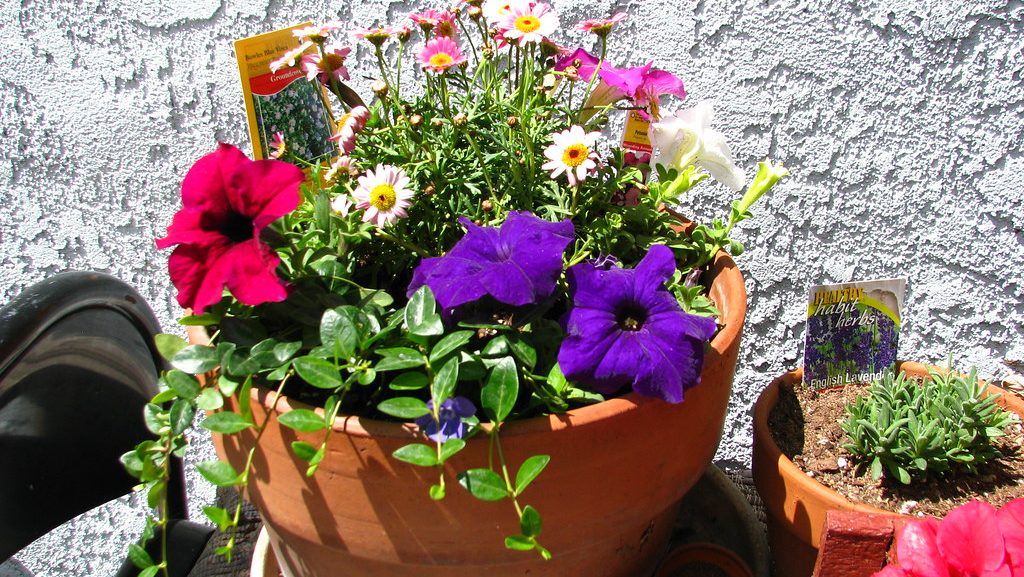
Flowerpots
Flowerpots also attract yellowjackets due to the moisture retained in the soil, providing hydration and a potential nesting site.Nesting Opportunities
Yellowjackets look for safe, secure places to build their nest. These areas provide warmth and protection from predators.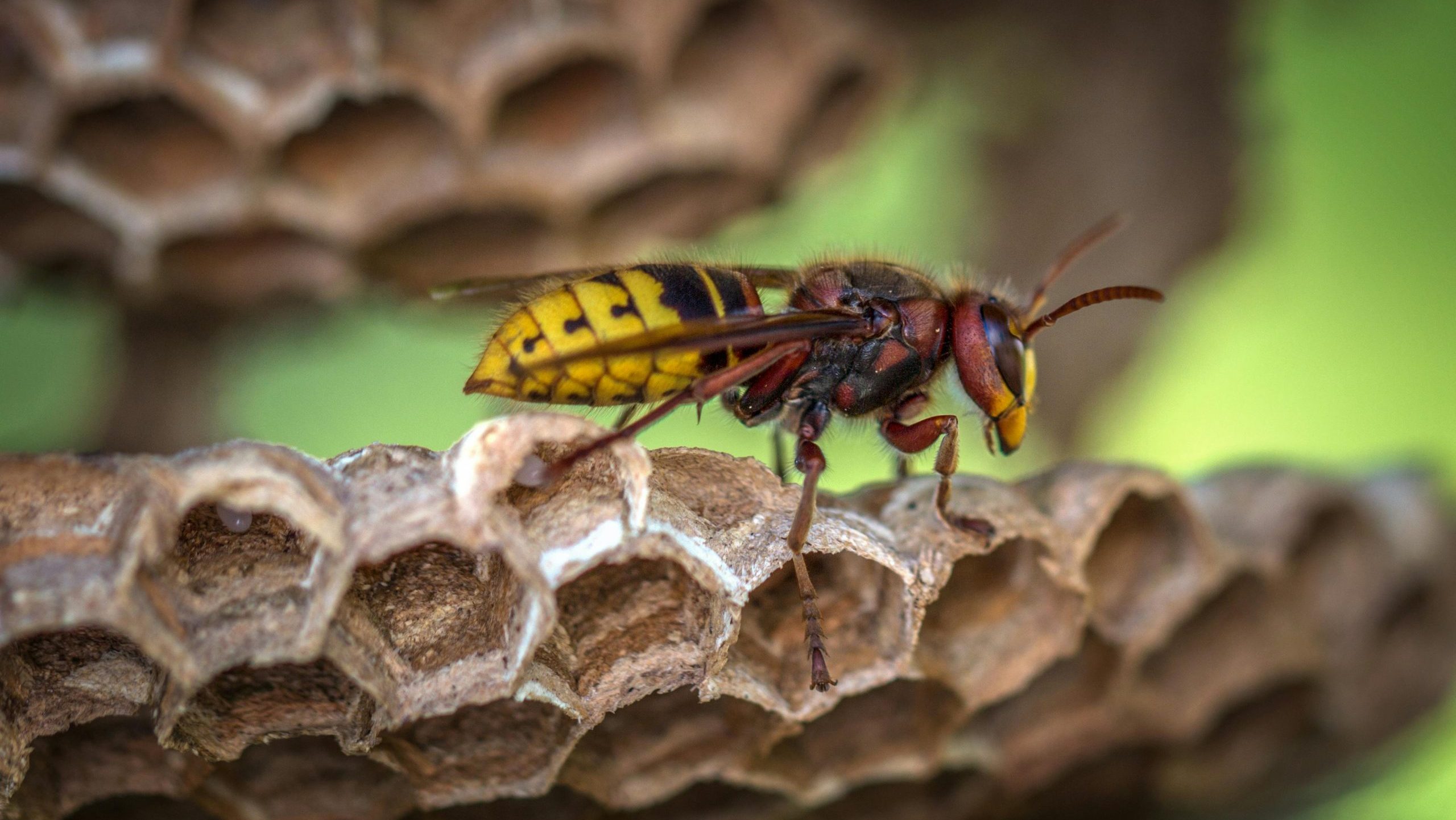
Key nesting sites include:
-
Underground Burrows: Hollowed-out areas in the soil, often abandoned animal burrows, provide the perfect shelter.
-
Tree Hollows: Natural cavities in trees and logs offer protection and warmth.
-
Wall Voids: Cracks in walls, attics, and roof eaves provide secure, hidden areas for yellowjackets to build their nests.
Yellowjacket Behavior
To effectively control and prevent yellowjacket infestations, it is crucial to understand how they behave. Yellowjackets live in colonies, where each member has a role. Colonies consist of a queen, worker wasps, and male drones. Their behavior is shaped by their need to protect the nest, reproduce, and forage for food. They might create problems for humans but are highly beneficial to nature .What Do Yellowjackets Eat?
Yellowjackets are omnivores, meaning they consume both plant-based and animal-based food sources. Their dietary habits vary based on the needs of the colony, especially as the population grows during the summer. Here’s what they eat. Yellowjackets are highly attracted to sugary foods like fruit juices, soda, nectar, and ripe fruits. During late summer and fall, they scavenge for sweet human foods at outdoor gatherings, increasing the likelihood of human encounters. Yellowjackets are attracted to rotting fruits, garbage, and compost piles, which provide both sugars and proteins for the colony.Do yellowjacket like meat?
Yes, yellowjackets like meat. Worker yellowjackets hunt for meat, pet food, fish, and dead insects to feed larvae in the nest. Their strong mandibles allow them to cut and carry food back to the colony.Are Yellowjackets Aggressive?
Yellowjackets are territorial and highly aggressive. Unlike bees, which usually sting only once, yellowjackets can sting multiple times without dying, making them more dangerous. If their nest is disturbed, they emit a chemical pheromone that signals other members of the colony to attack.Key Points About Aggression and Defense
-
Multiple Stings: Unlike bees, yellowjackets can sting multiple times, increasing the risk of injury.
-
Territorial Nature: Yellowjackets aggressively defend their nest, stinging anything they perceive as a threat.
-
Swarming Behavior: If the nest is disturbed, the release of attack pheromones alerts the entire colony, causing them to swarm in large numbers.
Yellowjacket Activity in Summer and Fall
The seasonal activity of yellowjackets follows a distinct pattern. Knowing when they are most active can help you plan preventative measures. Summer and Fall Yellowjacket activity peaks in these seasons, as colonies reach their maximum size. Worker yellowjackets are most active, foraging for food to support the growing colony. Late Fall and Winter The colony population decreases as worker yellowjackets die. However, the queen survives by hibernating, and she will start a new colony in the spring. Since summer and fall are peak yellowjacket seasons, it’s wise to take extra precautions when spending time outdoors. Use protective gear and avoid places where nests are likely to be present.How to Prevent Yellowjackets
Taking proactive measures can significantly reduce yellowjackets around your home or yard. Here are practical steps to prevent their attraction: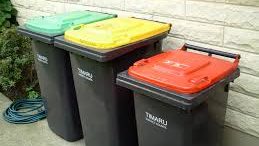
Use Trash Cans with Tight Lids
Ensure trash cans are sealed and emptied regularly to prevent attracting yellowjackets.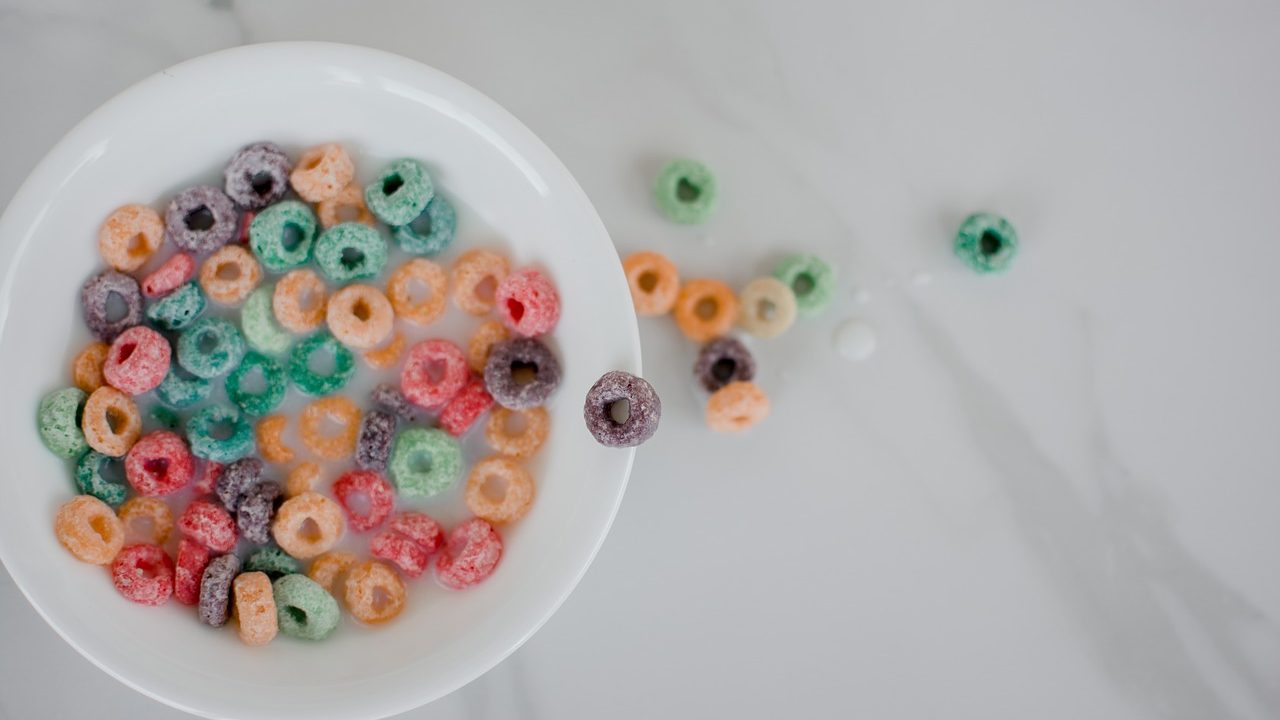
Remove Food Scraps
Clean up spills, crumbs, and food scraps immediately to eliminate food sources for yellowjackets.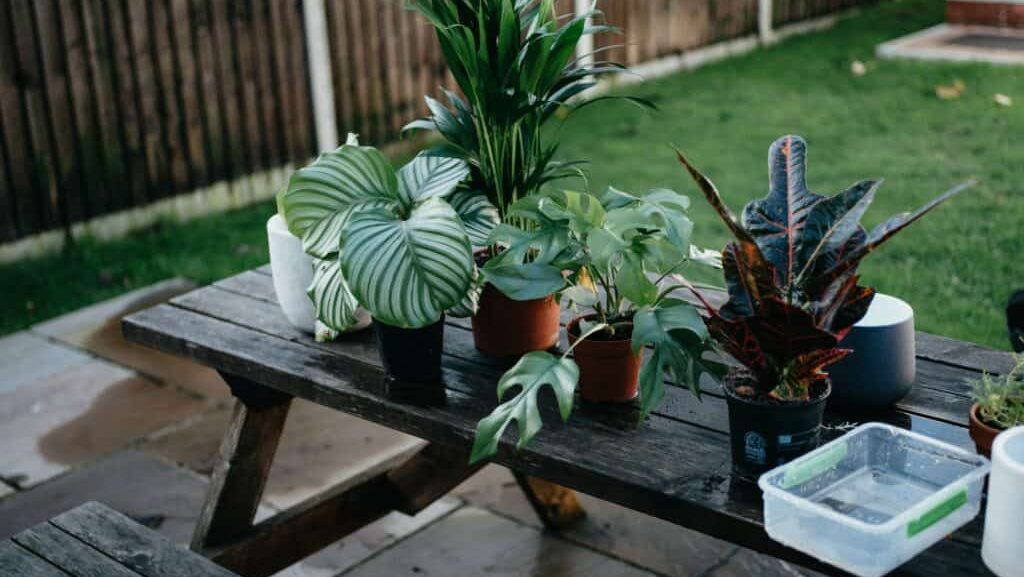
Drain Water from Containers
Remove standing water from gutters, flowerpots, and other containers to reduce water sources.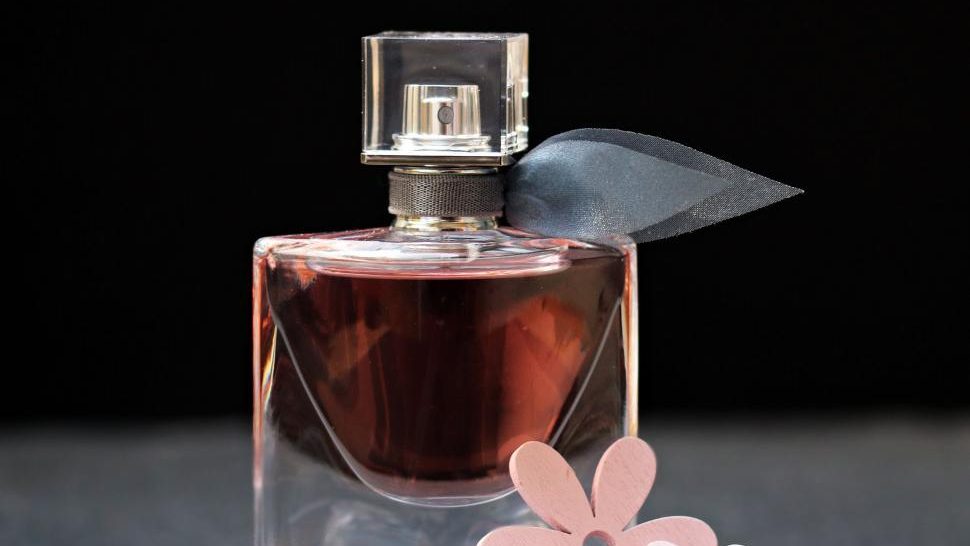
Avoid Sweet Scents
Avoid wearing sweet-smelling perfumes or lotions that can attract yellowjackets.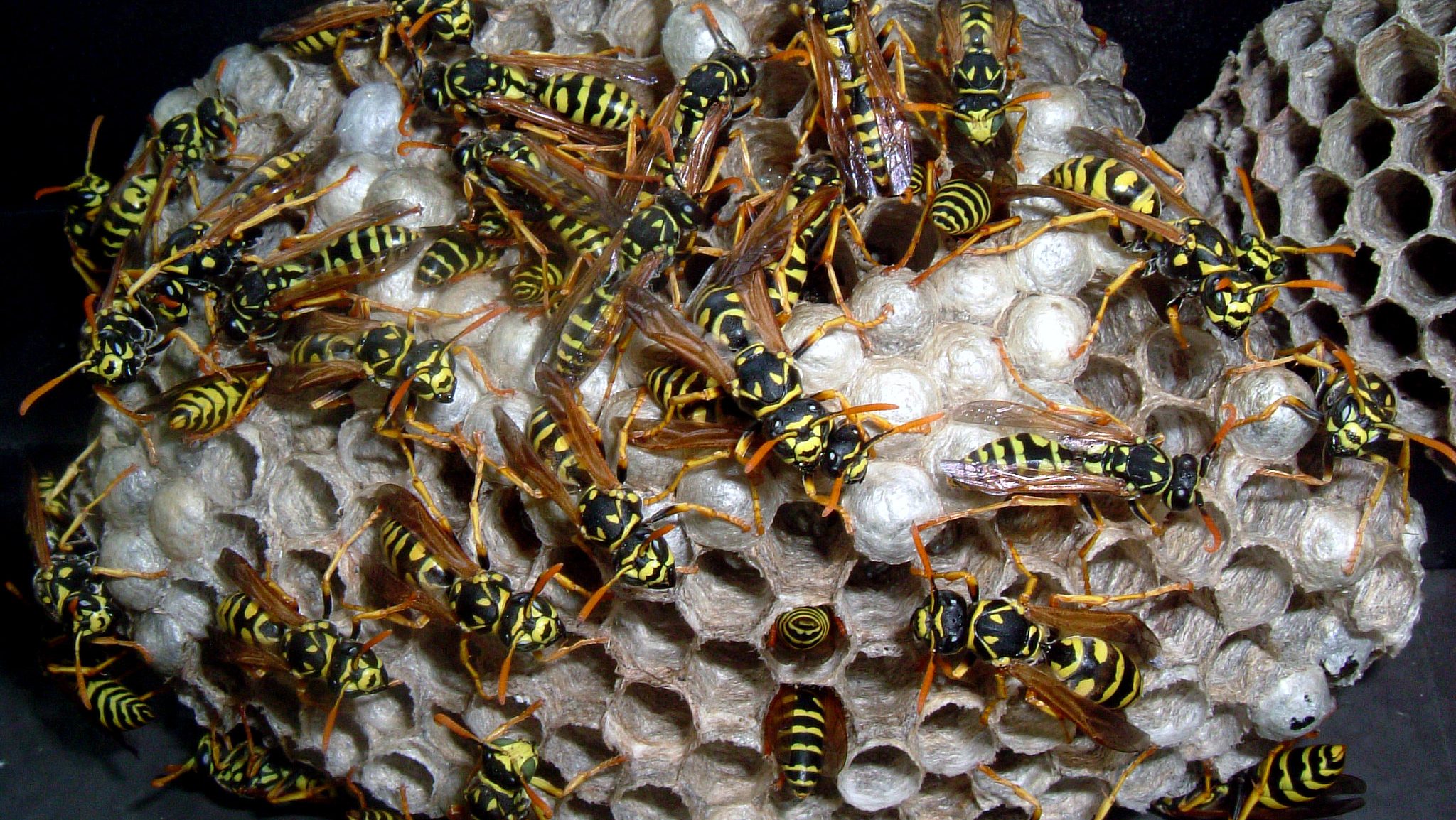
Check for Nests
Regularly inspect bushes, trees, and underground burrows for yellowjacket nests.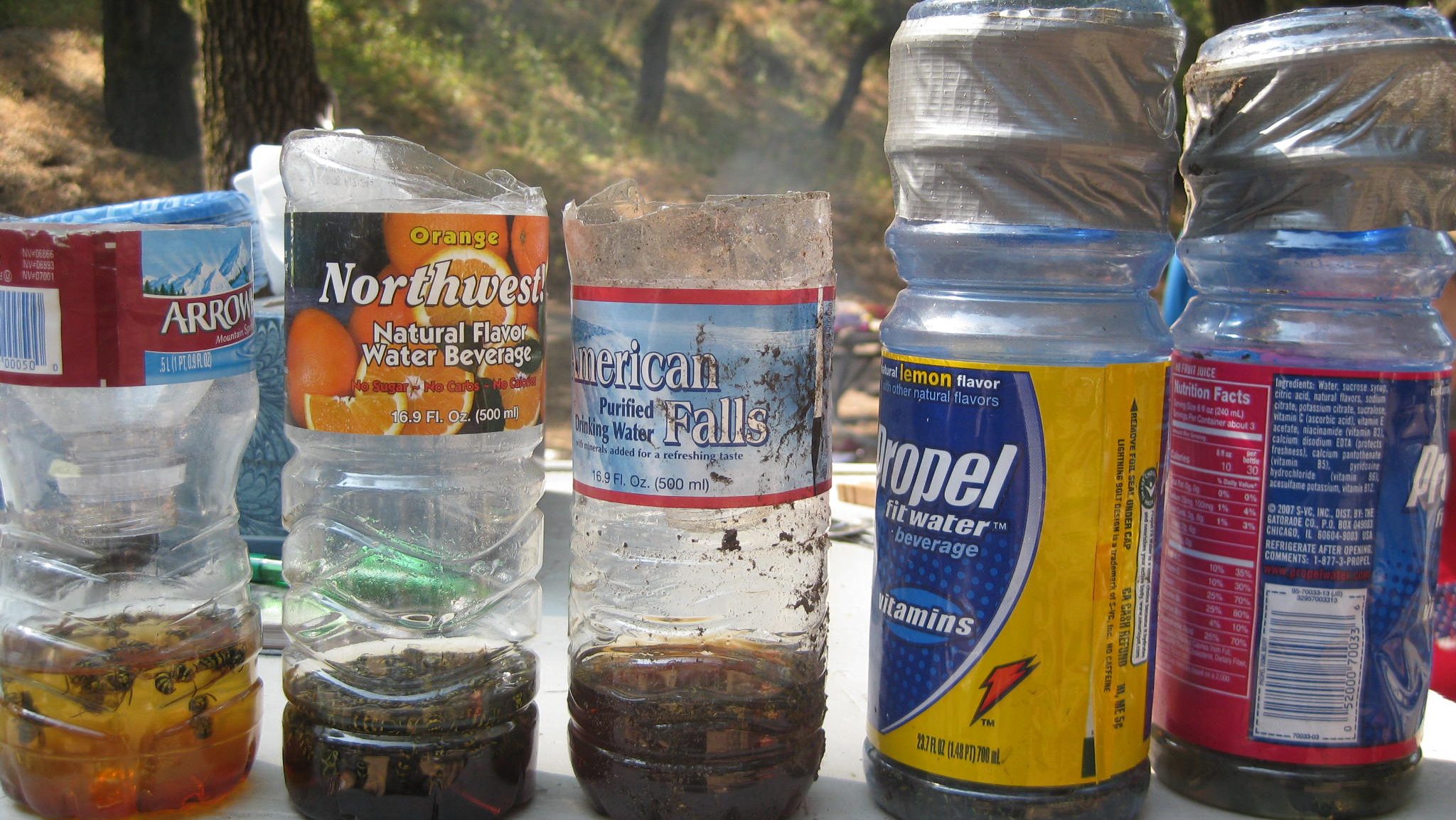
Use Yellowjacket Traps
Set up traps to lure and capture yellowjackets away from living spaces.Myths & Facts About Yellowjackets
| Myth | Fact |
|---|---|
| Yellowjackets only sting when provoked. | Yellowjackets are highly aggressive and can sting unprovoked, especially if they feel their nest is threatened. |
| All yellowjackets die in winter. | While most workers die in winter, the queen survives by hibernating and starts a new colony in spring. |
| Yellowjackets are useless pests. | Yellowjackets play an essential role in ecosystems by pollinating plants and preying on other harmful insects. |
| Yellowjackets are always attracted to flowers. | Yellowjackets are more often drawn to sugary human foods and garbage than to flowers. |





